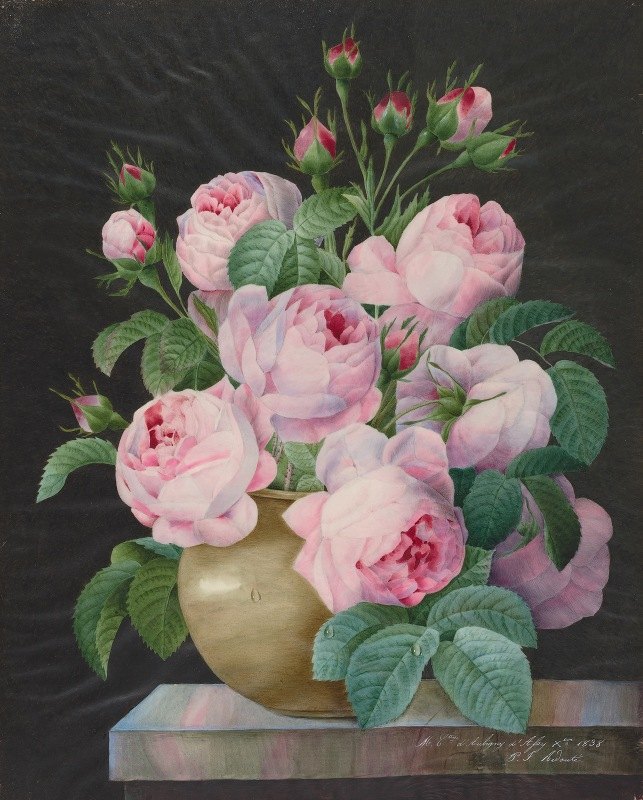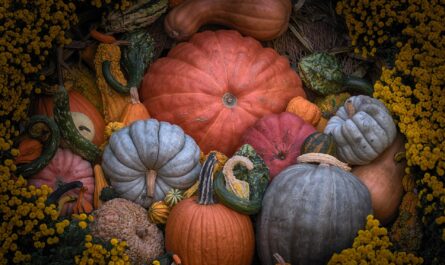Welcome to Friday,
Earlier this week, I read Eugen Herrigel’s Zen in the Art of Archery. It’s interesting that it took a Westerner going to Japan and begging to learn this concept, for Europeans to even learn a bit about it. Japanese masters had rejected Western overtures before, and technically rejected Herrigel at first, too. A Japanese immigrant had published The Book of Tea in America in 1906, but that title only glancingly touched on the concept.
So Herrigel, a German philosophy professor, took a position teaching philosophy at the university and sought to learn the philosophy of Zen under the teachings of a Master archer. He spent the next six years learning the art of Zen and documenting his findings. After much time and frustration, he discovers preparation is the point. Instead of struggling to hit the target – taxing the mind and body – prepare your mind and environment so they make taking action inevitable. The arrow then hits the target as a result of preparation. Said another way, “spend ten years observing bamboos, become a bamboo yourself, then forget everything and – paint.”
What does this mean for us? Take a look around at your environment, and how it helps or hinders the actions you want to take. How can you adjust your surroundings to make productive work inevitable?
Now, for the best from around the web:
I liked the metaphor of a pressure cooker here, for the tiny studio space painter Francis Bacon lived in and where he created his art.
It truly is this simple: smart people read books. I suppose an argument could also be made for morality and empathy, but smart tends to be the stronger signal these days.
Highlights from Japan’s annual art school graduation.
This short post on the Cistercian Numbers blew my mind! What an elegant numerical system.
The minimalist photography awards for 2023, via Jason Kottke.
Currently reading: Zen in the Art of Archery by Eugen Herrigel
Have a creative weekend.
Image: Pink Roses in a Vase. Redouté, Pierre Joseph. 1838.




